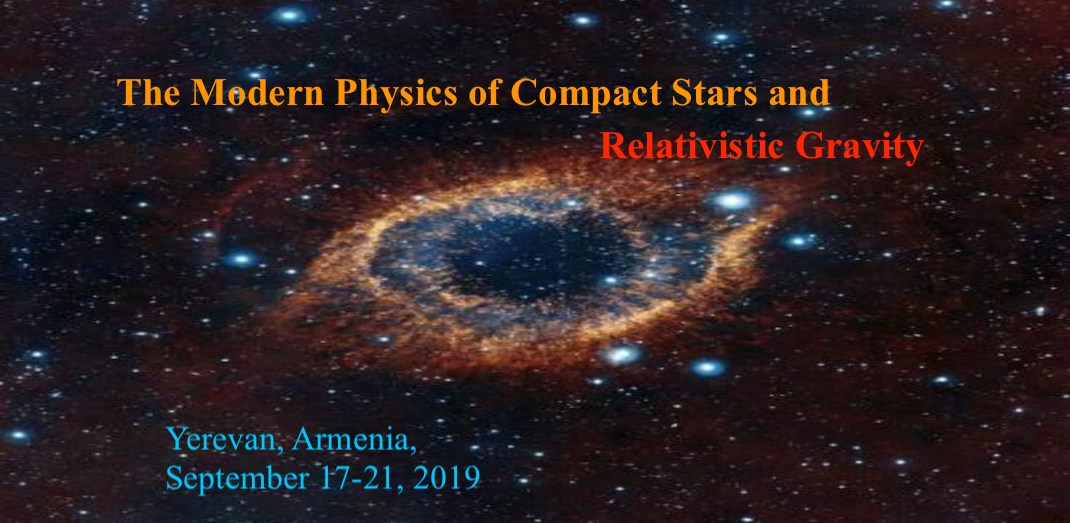Speaker
Description
In cold atoms and in the crust of neutron stars the pairing gap can reach values comparable with the Fermi energy. While in nuclei the neutron gap is smaller, it is still of the order of a few percent of the Fermi energy. The pairing mechanism in these systems is due to short range attractive interactions between fermions and the size of the Cooper pair is either comparable to the inter-particle separation or it can be as big as a nucleus, which is still relatively small in size. Such a strong pairing gap is the result of the superposition of a very large number of particle-particle configurations, which contribute to the formation of the Copper pairs. These systems have been shown to be the host of a large number of remarkable phenomena, in which the large magnitude of the pairing gap plays an essential role: quantum shock waves, quantum turbulence, Anderson-Higgs mode, vortex rings, domain walls, soliton vortices, vortex pinning in neutron star crust, unexpected dynamics of fragmented condensates and role of pairing correlations in collisions on heavy-ions, Larkin-Ovchinnikov phase as an example of a Fermi supersolid, role pairing correlations control the dynamics of fissioning nuclei, self-bound superfluid fermion droplets of extremely low densities.
